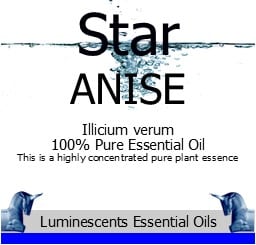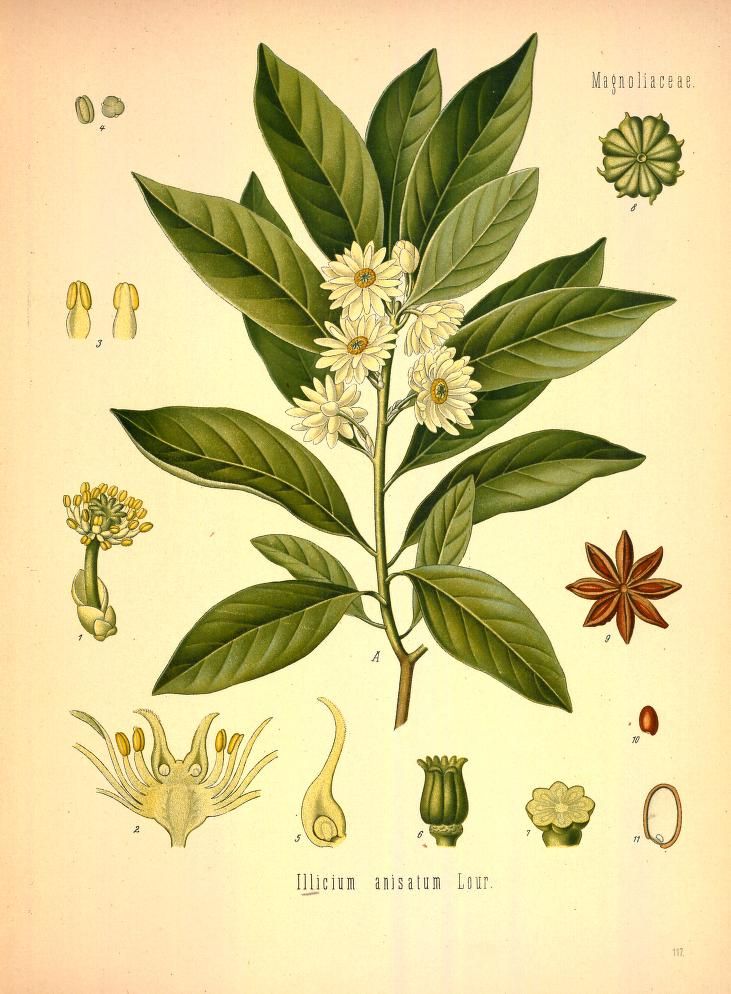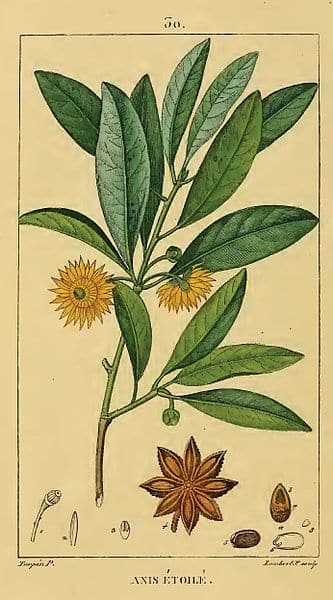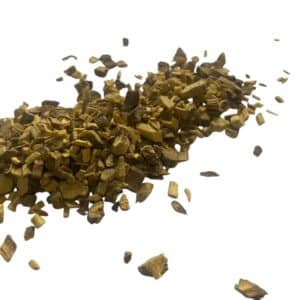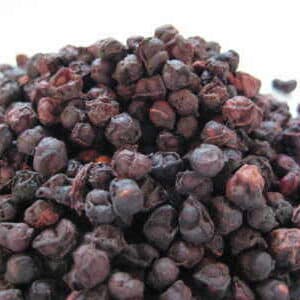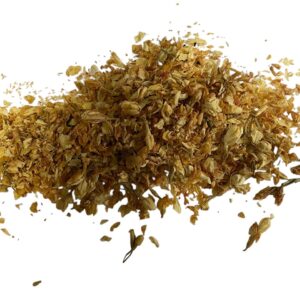Star Anise 100% Pure Essential Oil – Illicium verum – Chinese anise
£10.50
BOTANICAL NAME: Illicium verum
SCENT: Spicy and sweet with the distinctively strong liquorice style fragrance it is so well known for
STRENGTH OF AROMA: Strong
PLANT PART USED: Seeds and pericarp
EXTRACTION METHOD: Steam distillation
ORIGIN: China
COLOUR: Clear to Pale yellow
CONSISTENCY: Medium
NOTE: Top
CAUTIONS: Use well diluted and as with all essential oils, they should not be used during pregnancy and never ingested (taken internally) and should be kept away from children and pets. No medicinal claims are made for this product and the notes above are provided for guidance purposes only. Essential Oils are powerful plant extracts and should be used with extreme caution. You should seek the advice of a qualified practitioner should you be in any doubt.
Star anise, Star aniseed or Chinese anise (Illicium verum), is a spice that closely resembles anise in flavour, obtained from the star-shaped pericarp of Illicium verum, a small native evergreen tree of southwest China.
The star shaped fruits are harvested just before ripening. It is widely used in Chinese cuisine, and to a lesser degree in South Asia and Indonesia. It is an ingredient of the traditional five-spice powder of Chinese cooking. It is also one of the ingredients used to make the broth for the Vietnamese noodle soup called phở.
Constituents of Star Anise:-
The spice contains anethole, the same ingredient which gives the unrelated anise its flavour. Recently, star anise has come into use in the West as a less expensive substitute for anise in baking as well as in liquor production, most distinctively in the production of the liquor Galliano.
Although it is produced in most autotrophic organisms, star anise is the industrial source of shikimic acid, a primary ingredient used to create the anti-flu drug Tamiflu. Tamiflu is regarded as the most promising drug to mitigate the severity of bird flu (H5N1); however, reports indicate that some forms of the virus have already adapted to Tamiflu.
Medicinal Uses of Star Anise:-
The star shaepd spice has been used in a tea as a remedy for colic and rheumatism, and the seeds are sometimes chewed after meals to aid digestion.
History of Star Anise:-
In 2005, there was a temporary shortage of the spice due to its use in making Tamiflu. Late in that year, a way was found of making shikimic acid artificially. The drug company named Roche now derives some of the raw material it needs from fermenting e-coli bacteria. There is no longer any shortage of star anise and it is readily available but is still not inexpensive sadly.
Star anise is grown in four provinces in China and harvested between March and May. The shikimic acid is extracted from the seeds in a ten-stage manufacturing process which takes a year. Reports say 90% of the harvest is already used by the Swiss pharmaceutical manufacturer Roche in making Tamiflu, but other reports say there is an abundance of the spice in the main regions – Fujian, Guangdong, Guangxi and Yunnan.
Japanese star anise (Illicium anisatum), a similar tree, is not edible because it is highly toxic; instead, it has been burned as incense in Japan. Cases of illness, including “serious neurological effects, such as seizures”, reported after using star anise tea may be a result of using this species. Japanese star anise contains anisatin, which causes severe inflammation of the kidneys, urinary tract and digestive organs.
| Size (ml) | 5ml |
|---|
